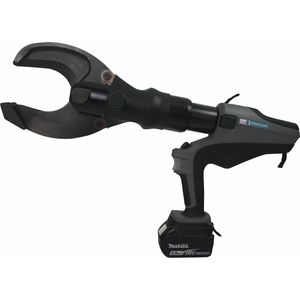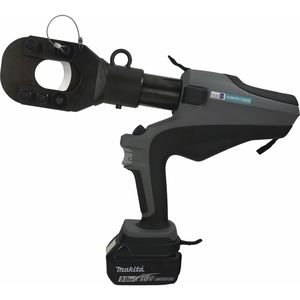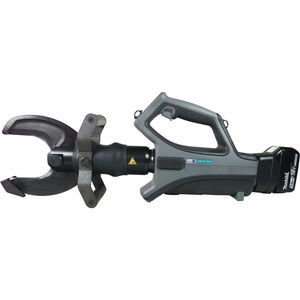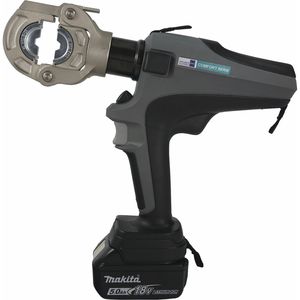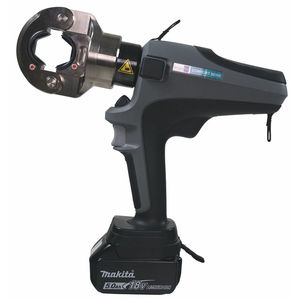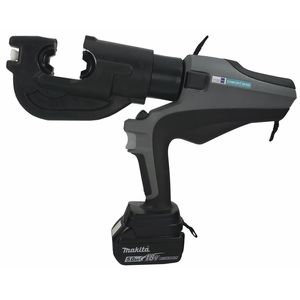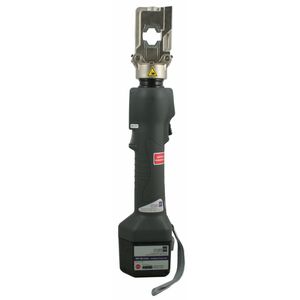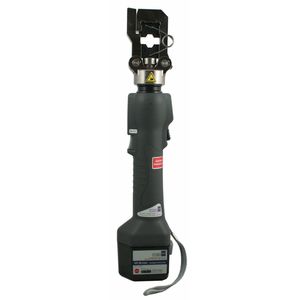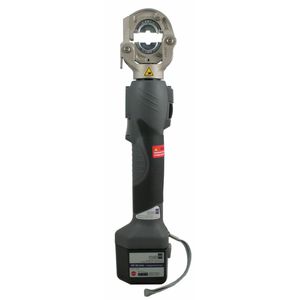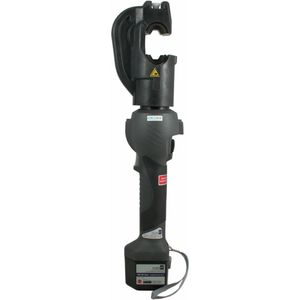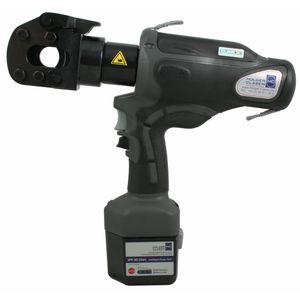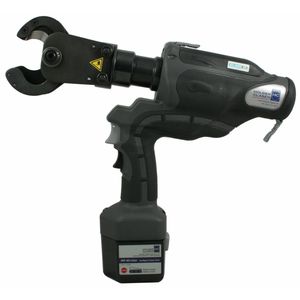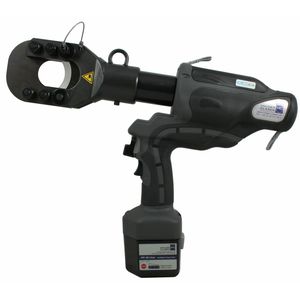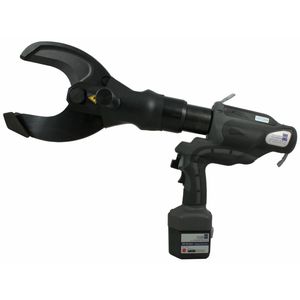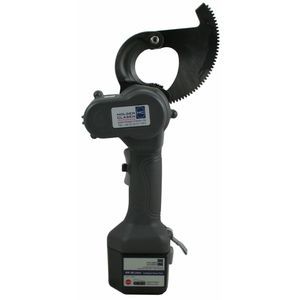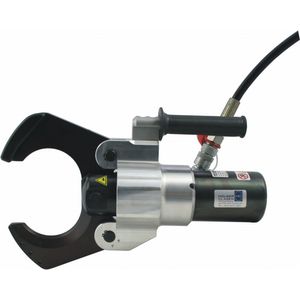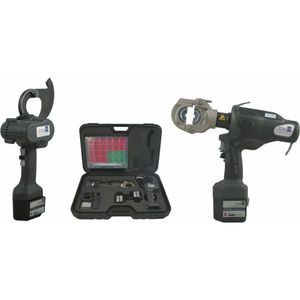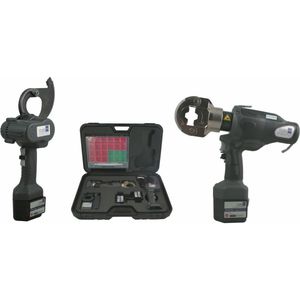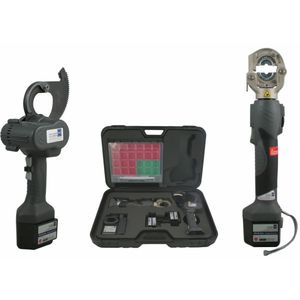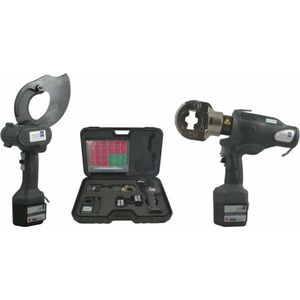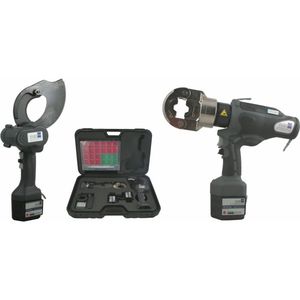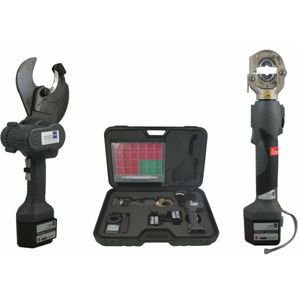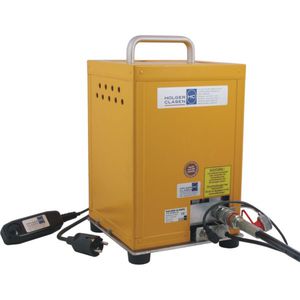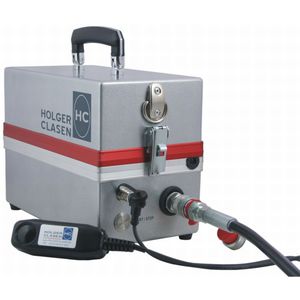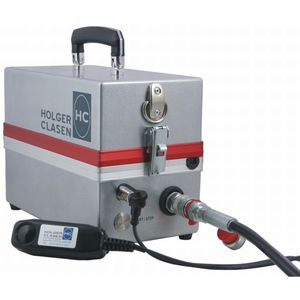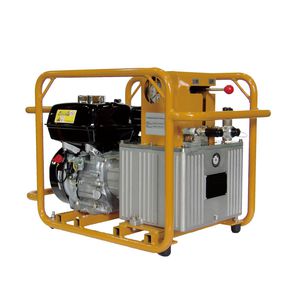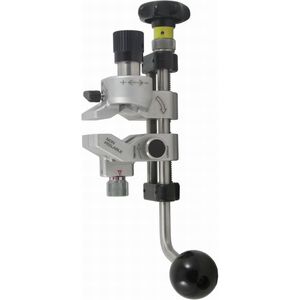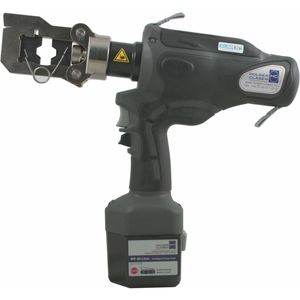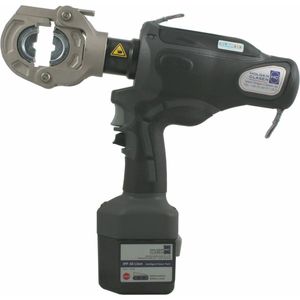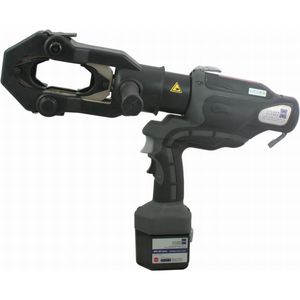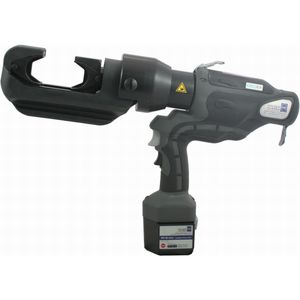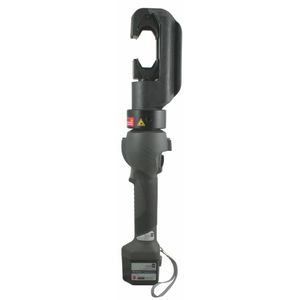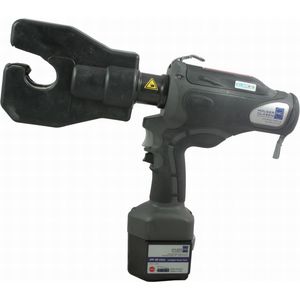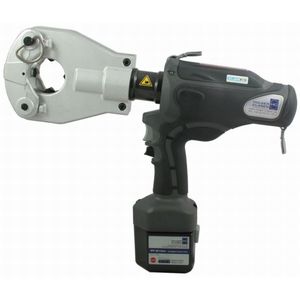
- Company
- Products
- Catalogs
- News & Trends
- Exhibitions
Hydraulic crimping tool PressMax 14-A-Setfor cable lugsbattery-operated






Add to favorites
Compare this product
Characteristics
- Operation
- hydraulic
- Applications
- for cable lugs
- Other characteristics
- battery-operated
- Crimp profile
Min.: 10 mm²
(0.016 in²)Max.: 400 mm²
(0.62 in²)
Description
Applications
The battery-powered hydraulic crimping tool PressMax 14-A is intended for crimping cable lugs and connectors up to 400 mm2 according to DIN. Our most powerful cordless hydraulic pressing (compression) tool with patented wide crimping, find iits use in energy supply and utility companies, power stations and their service providers, as well as in industrial cable assembly, e.g. wind energy.
Benefits
Time-saving and patented wide crimps of 400 mm2 (K 38) according to DIN underline the PressMax 14-A‘s leading market position in the class of battery-powered hydraulic crimping tools. This adds to its range of applications, especially in the electrical industry and overhead line construction, e.g. 265/35 connector (K38) and tubular busbar clamps (K34). The cordless hydraulic compression tool is useable with c-shaped crimping dies. Thanks to the light-weight and well-balanced design with non-slip housing a safe one-hand operation is possible.
NEW: With patended safety lock - guarantees reliable crimping head opening and closing. The pressing tool offers safe crimping even in confined spaces by narrow, rotatable crimping head with LED for lighting the working area. The very short crimping cycles are by optimized 2-step hydraulic system. The accessories are interchangeable in battery-operated hydraulic tool series of HOLGER CLASEN.
Catalogs
Tools for Cable Processing
96 Pages
Related Searches
- Metal sawing machine
- Sander
- Beveling machine
- Portable grinder
- Drill
- Assembly tool
- Pneumatic sander
- Electric screwdriver
- Air portable grinder
- Portable beveling machine
- Hand crimping tool
- Belt sander
- Die portable grinder
- Angle grinder
- Cable cutter
- Polisher
- Sander for the wood industry
- Core drilling machine
- Tube cutter
- Wire stripper
*Prices are pre-tax. They exclude delivery charges and customs duties and do not include additional charges for installation or activation options. Prices are indicative only and may vary by country, with changes to the cost of raw materials and exchange rates.








